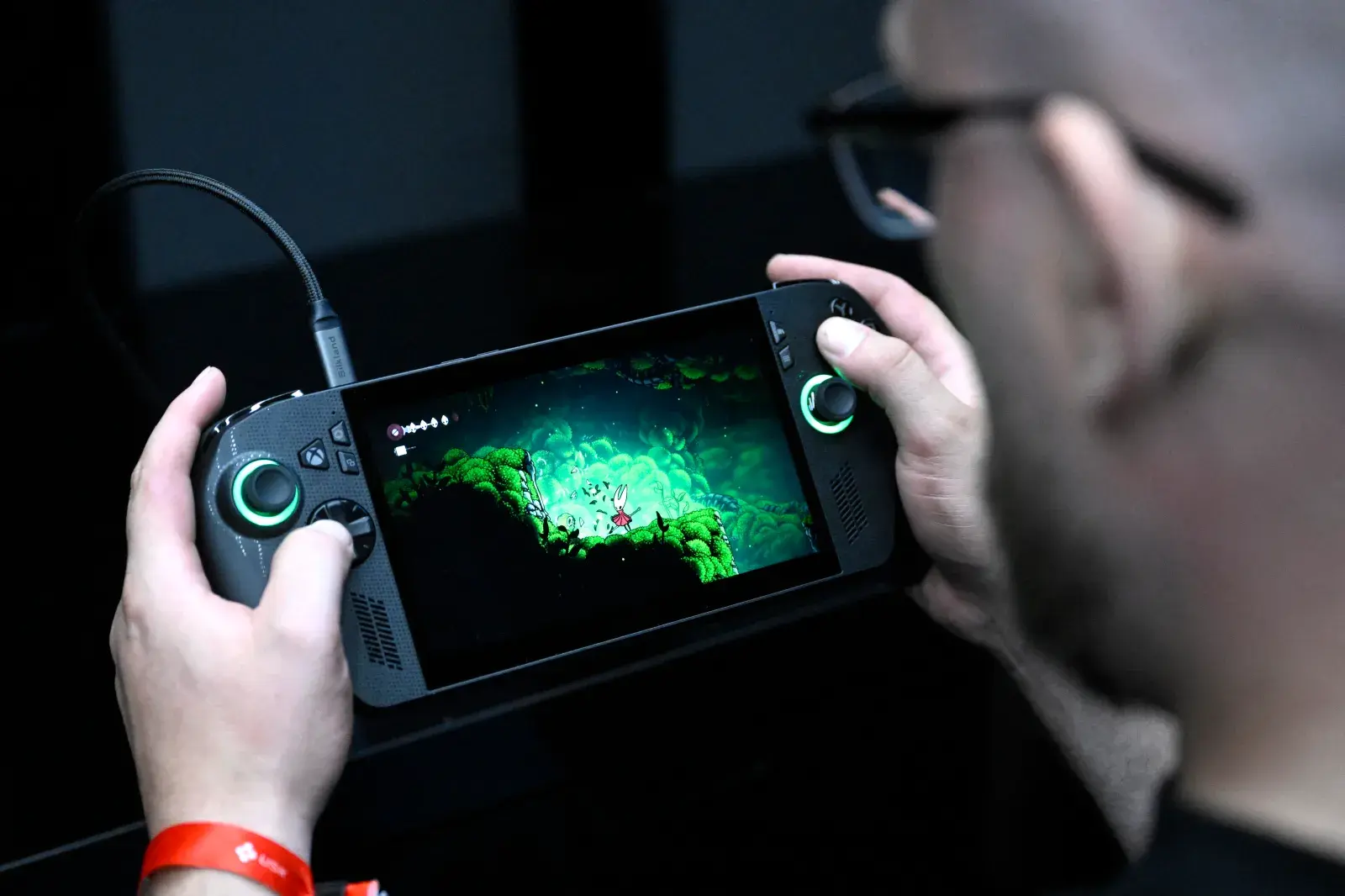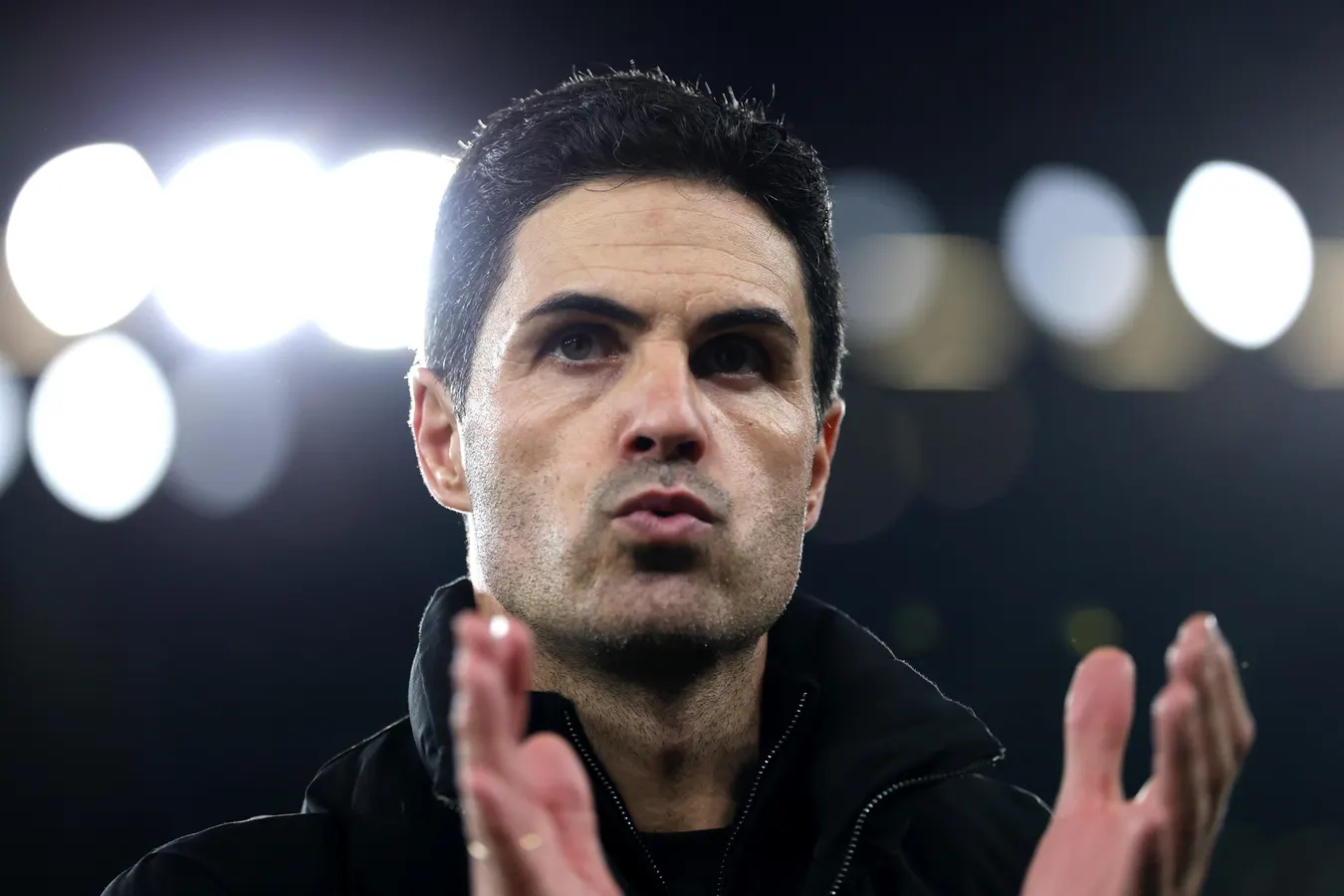Copyright newsweek

Microsoft’s next Xbox is being framed as a premium console that will run full Windows with a TV-optimised, console-style shell, according to Windows Central. The concept is a console user interface for straightforward play, with Windows available underneath for broader software support, additional storefronts and a wider range of game types. In practice, that would allow players to use Xbox/Game Pass as well as services such as Steam and other PC libraries. The approach mirrors Xbox’s Play Anywhere strategy and recent messaging that strict exclusivity is outdated. The focus is now truly on the consumer – which is always nice. A gamer plays Hollow Knight: Silksong video game on the new ROG Xbox Ally X from ASUS and Xbox at the Xbox booth during the Gamescom video games trade fair at the Trade Fair Center in Cologne, western Germany, on the first day of the fair on August 20, 2025. The 2025 edition of the vast Gamescom trade fair in Cologne, Germany, had its opening night on August 19, 2025 and will be running from August 20 to 24, 2025. (Photo by Ina FASSBENDER / AFP) (Photo by INA FASSBENDER/AFP via Getty Images) A current example of this strategy going forward is the ROG Xbox Ally, which presents an Xbox-like interface in handheld form but can switch to the standard Windows operating system. Early reactions to bundled Windows apps on such devices (for example, Teams and OneDrive) point to the integration of Microsoft applications, too. For players, the potential advantages include a much larger accessible library, the combination of local hardware, cloud, and PC options in a single device, and stronger peripheral and mod support typical of Windows. The trade-offs are familiar to PC users: additional settings and driver considerations, multiple launchers and DRM behaviours, and the requirement for a polished, TV-first shell to keep the experience living-room friendly. Bond’s “curated” positioning implies Microsoft will enforce a level of polish on top of Windows. The design challenge is to maintain console-grade responsiveness while retaining flexibility, likely through a dedicated TV shell and systems that manage background apps and drivers. Cloud integration is also expected to feature, pairing high-end local hardware with hybrid processes such as instant cloud trials, and later, local installs. Key details remain a secret so far: specifications, pricing, release timing, default boot behaviour, parental controls across multiple stores, performance profiles for the TV shell, and cross-store entitlement handling.

![Houthi | Complete Information [2025]](https://d2731bbzmt3wpb.cloudfront.net/news/image/us-west-2:25d97050-7aa7-43a6-a623-8fb02e6af97e/20251022/458400c1520a4f28bbdf2cacadf74629.jpg)

